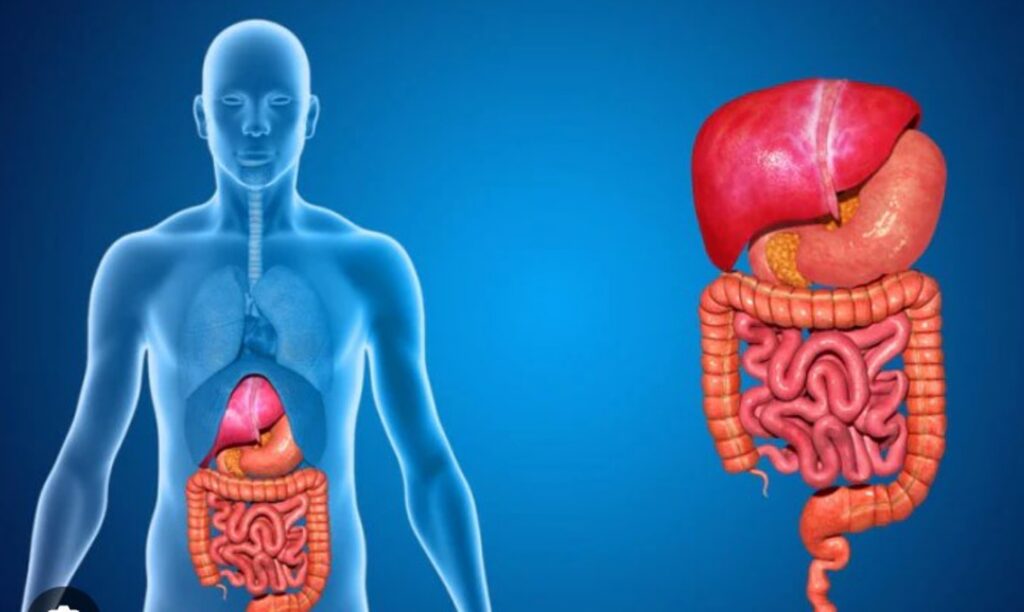by Rabbi Yair Hoffman
The Orchos Tzaddikim writes, “When a person contemplates great matters, and sees the wisdom of the Holy One, blessed be He, in all formations and creations, he increases love for Hashem blessed be He, and his soul thirsts and his flesh yearns to love Hashem, blessed be He, and he praises and glorifies, and intensely desires and yearns with great desire to know the great Name.”
The Natural Progression from Honor to Love
It is the way of people to constantly honor someone greater than themselves, and feelings of awe and honor fill a person when they are close to a person of high status. And with love that is not dependent on anything physical or tangible, all the more so when a person contemplates Hashem’s greatness – and looks upon His great power and might, then their heart will yearn to be a true and dedicated lover of Hashem. This comes from seeing the greatest privilege that we have, that despite being a lowly and material person, nevertheless, we are given the privilege to be close and near to Hashem. We realize that it is He who renews everything from nothing, who in His great kindness and humility consents and opens an opening for all who come to His courtyards, to enter and benefit from His treasures. These thoughts are explained in Sefer Orchos Tzaddikim.
Divine Longing and Human Humility
Dovid HaMelech wrote in Tehillim (42:3), “My soul thirsts for Hashem, for the living G-d.” When we think about these words, they make us step back in awe. We realize just how small we are as human beings, with our limited understanding, standing before Hashem who has perfect knowledge of everything.
Dovid HaMelech also said something else that captures this feeling perfectly. He wrote in Tehillim (8:4), “When I look at your heavens, the work of Your fingers,” and then asked in the next verse (8:5), “What is man that you should remember him?” This shows how humble he felt when looking at Hashem’s creation.
When we time to think about the big questions in life and sees Hashem’s greatness in everything around us – from the smallest flower to the largest galaxy – something amazing happens. Our love for Hashem grows stronger and deeper. Our whole being, guf and Neshama, starts yearning to be closer to Hashem.
At the same time, we might feel worried about losing their connection with Hashem. This worry comes from comparing themselves to the magnificent things Hashem has created, like the stars and planets. The Nesivos Shalom, however, explains that this feeling should be comparing it to a loving marriage. Just like a husband who deeply loves his wife might worry about doing anything that could damage their relationship, we should have that same careful attention in our relationship with Hashem.
According to this, yirah is not about being fearful and scared – it iss about caring so much that we want to protect and nurture our spiritual connection and fear losing it. There are others that understand it differently, but as we explore the following – let’s keep the Nesivos Shalom’s pshat in mind.
The Magnificent Human Digestive System: A Marvel of Divine Creation
The extraordinary complexity of the human digestive system reveals the masterful work of our Creator, Hashem. As we explore this remarkable system, we can see the truth of Tehillim 139:14: “I praise you because I am fearfully and wonderfully made; your works are wonderful, I know that full well.”
The Essential Components: A Perfect Design
The human digestive system consists of several perfectly designed organs working in perfect harmony. These include the rectum, large intestine, small intestine, pancreas, stomach (also called gaster and ventricular), liver, gallbladder, esophagus, and various salivary glands near the mouth. Each component has a specific purpose, demonstrating incredible divine planning.
The Journey Begins: Mouth and Esophagus
Our digestive journey starts in the mouth, where an amazing process begins. The teeth break down food while special glands release saliva, which contains a powerful enzyme called amylase. This enzyme immediately begins breaking down carbohydrates into smaller units right in your mouth. The tongue then pushes this mixture, called a bolus, into the throat and down the esophagus.
The esophagus is a remarkable tube with a flexible opening called the esophageal lumen. This flexibility allows it to transport different sizes of food. The esophagus has several layers, including two outer muscle layers that create a wave-like movement called peristalsis. This reminds us of Psalm 104:24: “How many are your works, Hashem! In wisdom you made them all; the earth is full of your creatures.”
The Remarkable Stomach: A Chemical Powerhouse
The stomach is divided into six distinct areas and shares a similar structure to the esophagus. It has a longitudinal muscle layer on the outside, circular muscle fibers underneath, and an oblique muscle layer covering the mucosa. The inner surface has special folds called rugae that allow the stomach to expand when food enters.
The stomach wall contains specialized gastric glands that produce protective mucus and gastric acid. These glands begin producing acid simply by seeing or smelling food, or when the stomach stretches. They create an impressive one to two liters of gastric juice every day. A special sphincter separates the stomach from the esophagus, protecting the esophagus from the strong acid.
The gastric juice contains several important components: hydrochloric acid, the enzyme pepsin, intrinsic factor, and lipase. The hydrochloric acid destroys harmful bacteria and helps convert pepsinogen into pepsin, which breaks down proteins. The intrinsic factor is crucial for vitamin B12 absorption, helping maintain healthy nerve and blood cells and assist in DNA production. The gastric lipase helps break down fats into components the body can use.
The Crucial Gateway: The Pyloric Sphincter
Every twenty seconds, stomach movements mix the food into a semi-fluid mass called chyme. This chyme passes through another precisely designed valve called the pyloric sphincter, which opens only a few millimeters to ensure proper digestion. This shows the truth of Psalm 92:5: “How great are your works, Hashem, how profound your thoughts!”
The Pancreas and Liver: Biochemical Marvels
In the duodenum, bile and pancreatic secretions mix with the chyme through the ampulla of Vater. The pancreatic juice contains numerous enzymes and produces sodium hydrogen carbonate to achieve the perfect pH level of 7 or 8. The pancreatic juice includes several specialized enzymes: trypsinogen (which becomes trypsin), alpha amylase for carbohydrate processing, and pancreatic lipase for fat digestion.
The liver produces bile, which the gallbladder stores until needed. When released, bile helps break down fats into tiny droplets through a process called emulsification. This intricate chemical process demonstrates incredible divine engineering.
The Small Intestine: An Engineering Masterpiece
The small intestine consists of three sections: duodenum, jejunum, and ileum. The duodenum and jejunum have circular folds extending about one centimeter into the intestine, covered with finger-like projections called villi. Each one-millimeter villus contains blood capillaries and a lymphatic capillary called a lacteal. These villi are covered with even smaller microvilli, multiplying the intestinal surface area dramatically for optimal nutrient absorption.
The nutrients travel through these structures in different ways. Some nutrients like glucose move freely in the bloodstream, while others like iron require special transport proteins. Fats travel through special particles called chylomicrons through the lacteal.
The ileum, the final section of the small intestine, absorbs crucial elements like calcium for bones, hair, and teeth, zinc for the immune system and sperm production, and vitamins like B12 for red blood cell formation. It also reabsorbs bile acid for the liver.
The Large Intestine: A Living Ecosystem
The large intestine, approximately one meter long, surrounds the small intestine and connects to it through the ileocecal valve. While it lacks villi, it houses an astounding 100 billion beneficial bacteria. These microscopic helpers produce vitamins, break down fiber for energy, and form part of our immune system by fighting harmful germs.
Food moves through the ascending, transverse, and descending colon through peristalsis. During this journey, water is removed from the waste material, and mucus is added for proper elimination. Any substances that cannot be absorbed remain in the rectum for excretion.
This incredible system, with its perfectly coordinated parts and processes, stands as a testament to the wisdom and power of our Creator. Every chemical reaction, every muscle movement, and every protective mechanism works in perfect harmony, demonstrating the truth that we are indeed so very wonderfully made. Mah Rabu Maasecha Hashem – Mi Chamocha!
The author can be reached at [email protected]











